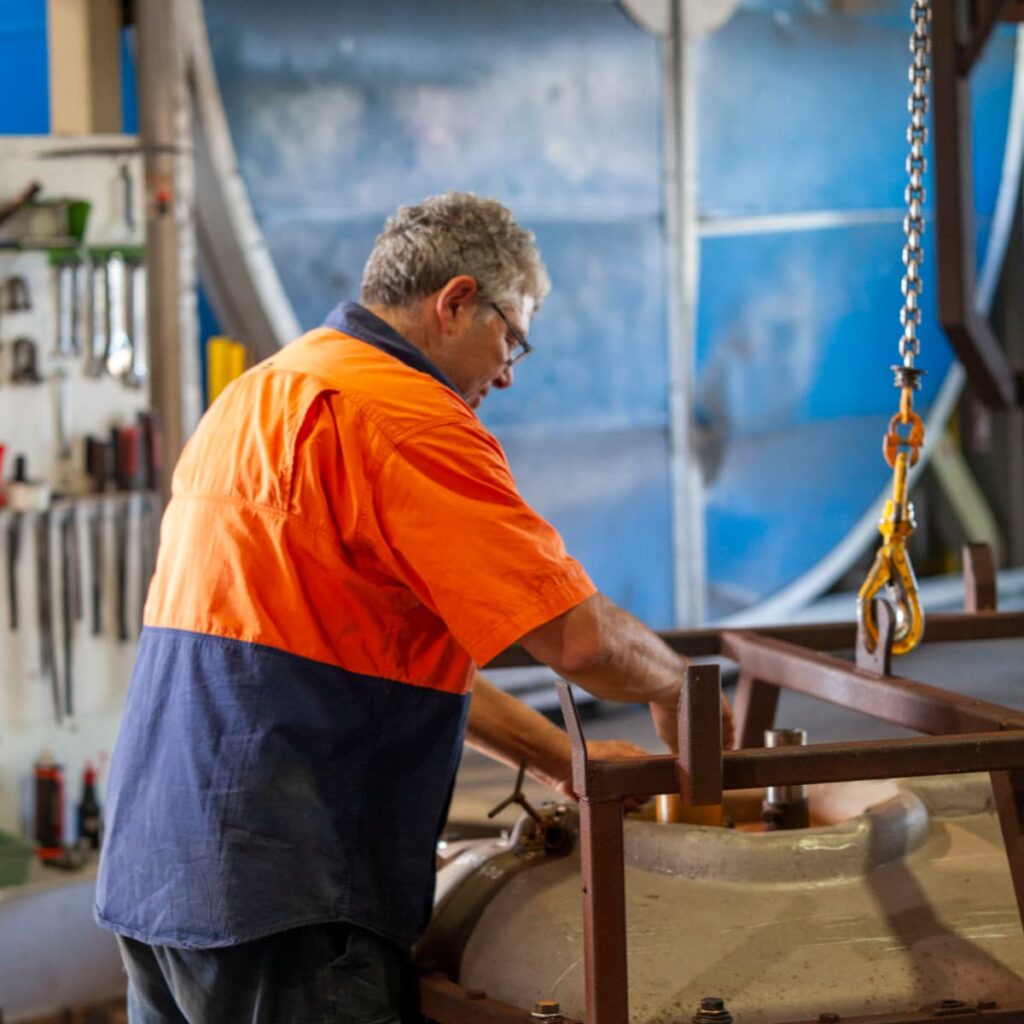Why we Designed our own Surge System for Cartage Tanks
Home / Why we Designed our own Surge System for Cartage Tanks
- globaltanks
- November 14, 2017
- 3 minutes
The Department of Transport and Main Roads reports that in 2016 there were 413 hospitalised casualties as a result of heavy freight vehicle crashes in Queensland. Last July, the Cunningham Highway was closed due to a truck carrying anhydrous ammonia rolling, resulting in a dangerous chemical spill.
Many truck crashes are due to overbalancing issues caused by liquid surge problems and the need for sudden changes in steering. Drivers often find themselves needing to swerve to miss traffic hazards, which leads to the unbalance of their load dragging the vehicle sideways. Some crashes are, unfortunately, the result of human error, but many can be avoided with stringent safety precautions. One of these is a superior surge system for heavy vehicles carrying liquid substances.
The importance of surge systems
Tank drivers are well aware of the importance of an effective surge system. Surge systems are used to absorb the force of the liquid sloshing around in the tank, especially when braking or stopping. They ensure that all of the weight and force of the liquid substance isn’t centred in one area of the truck, causing unbalance and possible rollover. A surge system is put in place for safety, and also to minimise the wear and tear on the vehicle’s brakes.
Faults in traditional surge systems
There are two common types of surge systems, both of which are often referred to as ‘baffles.’ Built-in baffle systems are constructed and adhered to the inside of the tank, whereas baffle balls are free moving. Both of these systems, however, have obvious faults.
Built-in baffles
- Are welded into the tank and can crack and deteriorate quickly, requiring frequent replacement.
- Break up the energy created by liquid surges, but do not absorb it, so there is still a high risk of rollover.
Baffle balls
- Are intricate and time-consuming to assemble.
- Can be flat packed when not in use, but run the risk of unclipping when the tank is filled too quickly, resulting in unsafe liquid surges.
The solution
Taking all of these factors into consideration, Global set out to create their own baffle system that would rectify issues experienced in existing systems. We came up with the baffle bone; a sturdy, injection moulded solution. Why is the baffle bone the ultimate surge system for your road tanker?
Durable: made out of strong and sturdy low-density polyethene, that will last for decades. A seamless roto-moulded design with no joints also means no chance of cracking.
Safe: reduces strain on brakes and evenly distributes and absorbs energy generated from surging liquid to minimise the risk of rollover.
Versatile: Suitable for a wide range of hot or cold chemicals.
Hygienic: do not retain water and are easy to clean, eliminating substance cross-contamination.
Certified: have been independently tested and certified to meet the Load Restraint Guide.
Cost-effective to produce: because the baffle bones are made from plastic, and the mould has already been cast, they are easy to produce and more cost-effective to buy.
A safer option for truckers to prevent rollovers on the road
Baffle Bones will keep your vehicle balanced on the road and protect you during incidents when you need to stop or brake suddenly. Global recommends that all vehicle tanks with a capacity larger than 2,000 litres use the baffle system. If you want to find out more about the amount of baffle bones your vehicle requires, please see here. In the meantime, drive safe, ensure that your baffle system is installed and let’s minimise the number of truck crashes in QLD this Summer!
Interested in purchasing a baffle bone system for your cartage tank or truck? Contact us today!

